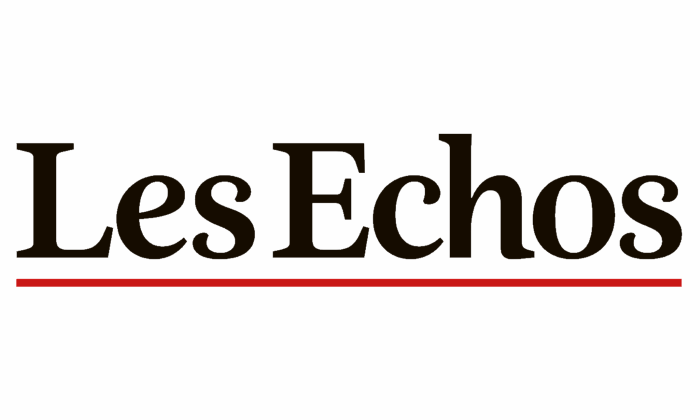
After having surprised us with its vigour, inflation, due to a demand shock – which rebounded very strongly once the lockdowns ended – and to a supply shock – dramatically reduced during the pandemic -, seems to be gradually returning to acceptable levels. The causes of this decline can be attributed to a gradual increase in global production capacities and the fall in excess demand through the deflation of excess savings generated by the lockdowns. But disinflation was also caused by a very reactive and internationally coordinated monetary policy as well as the strong credibility of central banks who showed great determination in wanting to bring inflation back on target. This has ensured that the inflation expectations of the various economic actors – businesses and households – do not become dislodged. Let us add that until now, contrary to a number of forecasts based on historical data, we have witnessed a soft landing of the economy, that is to say without recession and without any systemic financial shock. So is the game won? Quite possibly. However, several points should make us cautious about this diagnosis.
Salaries have recently increased at a rate that remains high (between 4 and 5% per year). However, in the euro zone, almost zero productivity gains make it impossible to compensate for this increase. Corporate margins are therefore at stake. Continuing in the euro zone, it is the fall in import prices which has provided a large portion of the disinflation. But can they continue to fall further? And prices for services continue to rise rapidly. Furthermore, until now, the sharp increase in interest rates in a context of historically very high public and private debts has not produced the financial impact that was feared. And yet hadn’t we talked about a possible “perfect storm” on this topic? Some reasons for this non-event: increased savings and inflation protection policies have fuelled growth which helps overcome rising costs of debt. Banking regulations, significantly tightened since the last major financial crisis (2007-2009), have generally succeeded in safeguarding the banks.
Companies, taking advantage of the very low rates preceding the return of inflation, had extended their loans and had taken them out at a fixed rate instead. However, let’s keep in mind a few elements that also encourage caution. The professional real estate sector, during the real estate bubble preceding the pandemic, may have experienced excess debt here and there, resulting in insolvencies beginning to appear. Many companies in all sectors, sometimes with high leverage, will have to refinance their loans over the next few years. States themselves, which are highly indebted, will gradually have to bear sharply increasing interest charges which will disrupt their solvency trajectories. The sensitivity of financial markets to this type of situation could thus increase significantly. In addition, central banks will certainly be keen not to reproduce periods of interest rates that are too low for too long, periods which weaken financial stability. And they will want to maintain room for manoeuvre to deal with future systemic crises. Inflation, moreover, for structural reasons, will no longer be as low as during the last 30 years.
We should therefore have changed our interest rate regime a long time ago, returning to more normal rates, that is to say closer to nominal growth rates. Also, if the situation so far has proven to be a successful landing of inflation without major damage to the economy, to avoid a large-scale upheaval that is still possible, it is therefore up to private and public economic actors, supported by macro-prudential rules well established by the concerned authorities, to adapt vigorously to ensure the sustainability of their solvency and their growth.